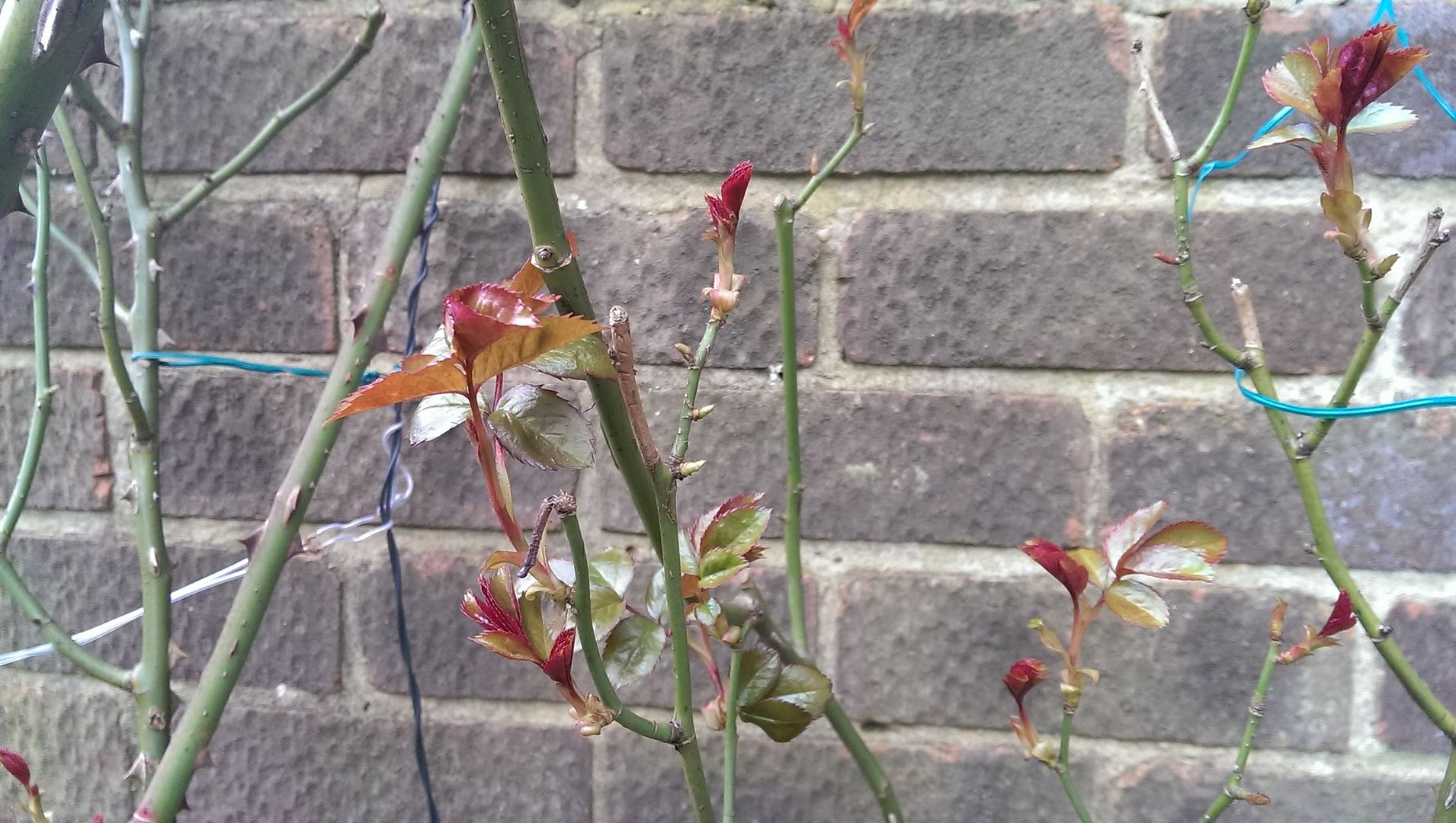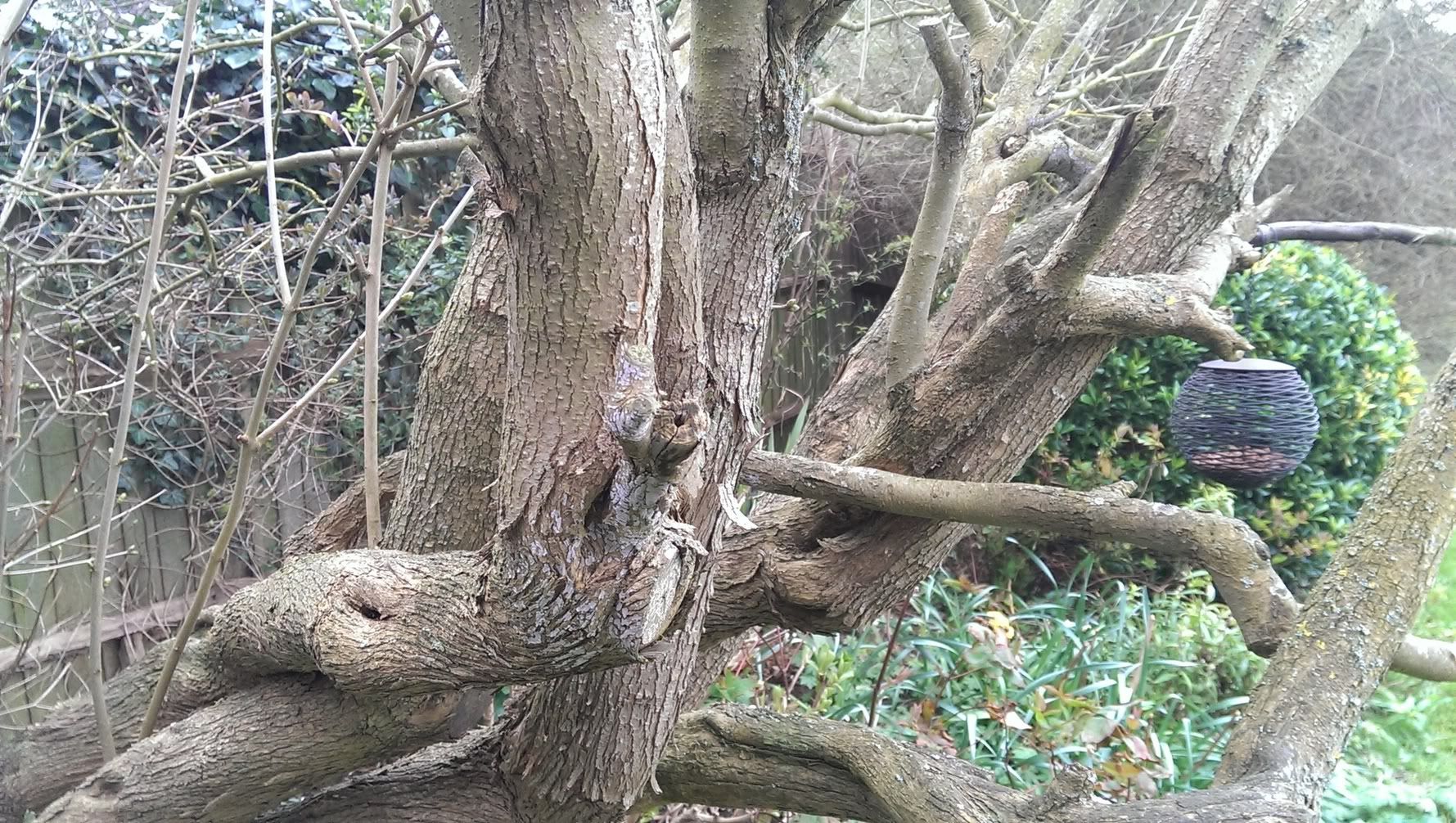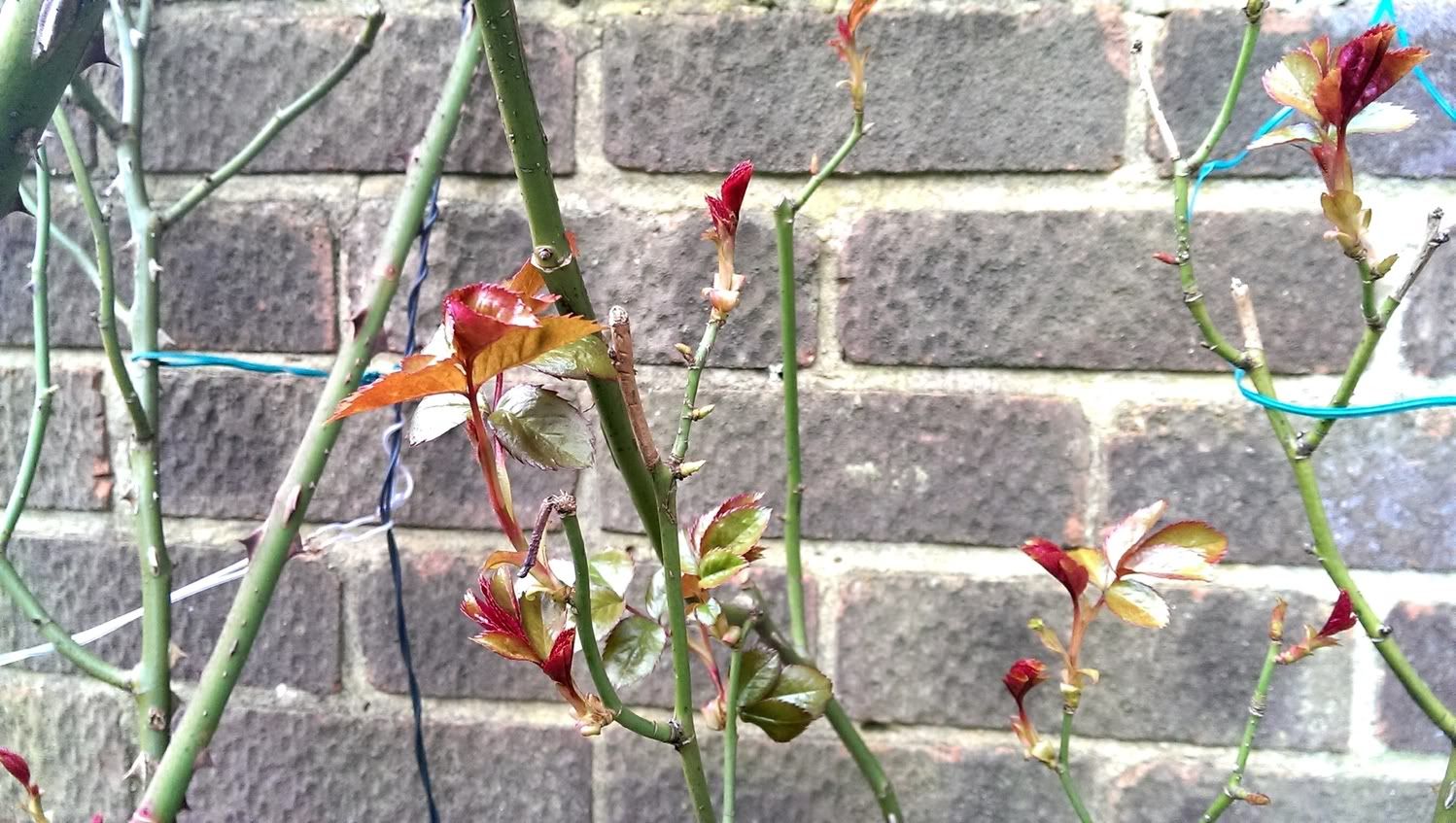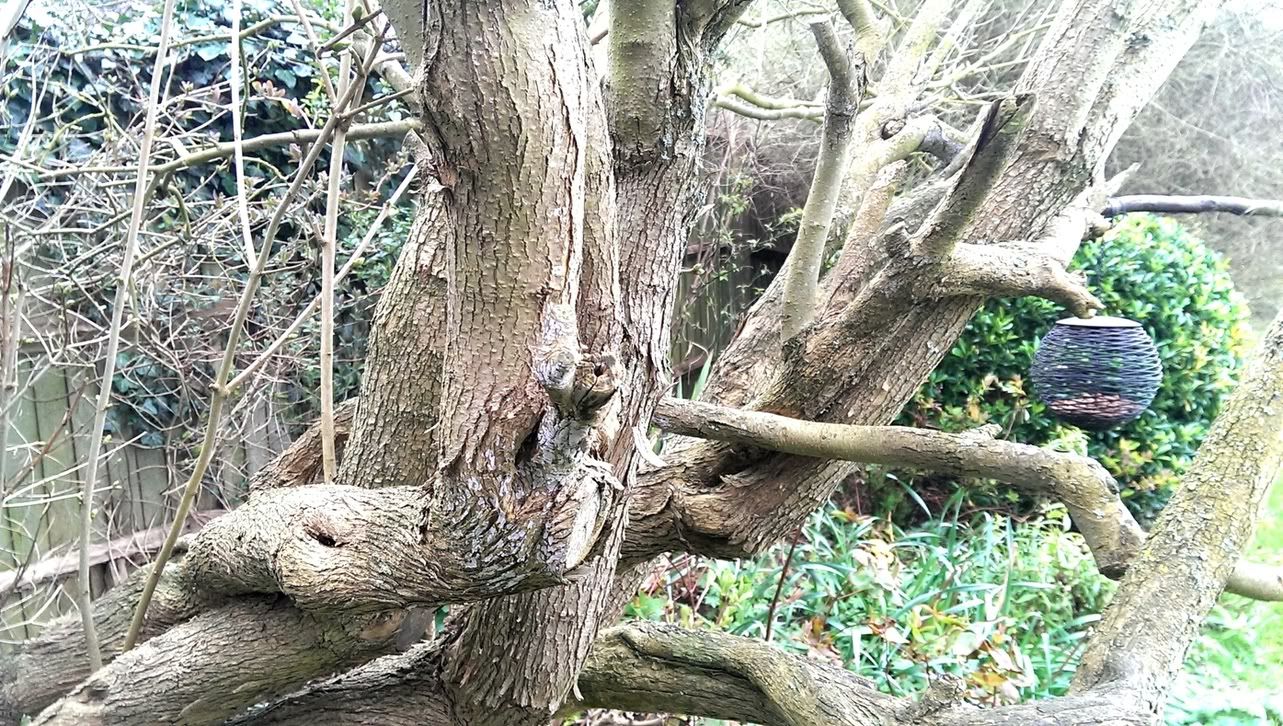I started developing my own film over 40 years ago. In film, I've done about 40% of my shooting with medium format cameras (2 1/4 twin lens Rolleis, various Mamiyas) and the rest in 35 mm.
I'm a babe in the woods on a lot of digital photography compared to many around here (novox is especially current and much more informed), but I know a _lot_ about digital signal processing and digital imaging processing, I did that professionally including for space-based platforms.
So, let's get down to cases on compression.
We'll begin with RGB model that you've all heard of. Maybe you've seen things where you can do color adjustments on your desktop - sliders for red, green and blue with values of 0 to 255 for each. I have that for fonts coloring on my email, for example. That's a 24-bit color model - used on your monitor, your TV, mostly everywhere. It gets its name because an 8-bit byte can contain decimal values from 0 to 255, and 3 bytes is 24 bits - aka - 16,777,216 colors.
Let's do the math - on a 4.3 MP camera such as we're talking about here, an uncompressed 24-bit color picture would take (4.3 MegaPixel * 3 Bytes/Pixel=) 12.9 MB.
For an 8 MP camera, that's 24 MB for each picture.
Enter the jpeg format. Virtually all jpegs are compressed, and it's what we call a lossy compression method - it doesn't preserve everything. Your PC zip files are lossless - you can reverse it and get out what you put in. Jpegs are not, and actually use the same sort of math that's used in making CD music discs.
Jpeg compression is controllable, it's not just one thing. On my favorite, simple desktop image tool, I get a slider when I'm converting and saving jpeg files to control low-quality/high-compression up to best-quality/low-compression.
If you have a digital camera, you may have options on it for file size expressed in quality terms - that's a jpeg compression adjustment.
Phone cameras are typically fixed for that.
Because HTC is all about photo sharing and social stuff, they've always chosen a higher compression as their preset to get smaller file sizes - and that compression introduces noise.
When you compress an image and lose quality, we describe that introducing noise or introducing artifacts depending on the crowd discussing it. It means things don't look perfect and detail is lost - and how much can vary quite a bit.
Here's a nice series of the same picture with varying levels of compression to illustrate -
JPEG - Wikipedia, the free encyclopedia
In my next post, I'll take some screen shots to show these mystical adjustments that I have and that I expect to eventually come to the custom community for this phone.
~~~~~~~~~~~~~
Let's talk about detail.
Earlier I said that the eye perceives detail from color saturation and contrast first and actual dots last. Every television engineer and SMPTE member knows that's a stone cold fact. If I could have a controlled situation where you could view a low def large TV with color and contrast right, next to a same-sized HDTV with the same image and those things wrong, you'd swear in court that the wrong one was the HDTV. I didn't believe it either, but I've seen it, I've failed the test, and it's no joke. Including still images of text.
marctronixx is a professional expert in this area, probably has forgotten more than I've known.
Here's an example that really hits home - which of these was taken with more megapixels?
Obviously, I spoiled the fun and you probably know that that is the exact same image just adjusted for color.
Anyway - come back in half an hour, forget the words and just look at the pictures. Tell me if you don't see more detail in one than the other.
Courtesy of
Colorfulness - Wikipedia, the free encyclopedia
~~~~~~~~~~~~~
Let's talk about depth of field vs. aperture.
The HTC features an F/2.0 aperture. That's the ratio of the diameter of the lens opening to it's focal distance. Think of the pupil of one of your eyes. When it's wide open, it takes in more light, when it's smaller, it doesn't (look at someones eyes in dim light vs the same person in bright light).
A low number means more open. On phone cameras, unlike your eyes, that's fixed to one size.
The HTC is more open to light than anything else, that's before we even hit the light-sensitive 1/3" 4.3 MP sensor.
But - it comes with a trade-off.
It's called depth-of-field.
Put two people in a shot, one behind the other. Are they both in focus? Then they're both in the lens (or your eyes) depth-of-field. Have the one in back move further back. More. More. A little more... OK. If they're both not in focus at the same time, they've moved out of the depth-of-field.
A bigger opening, like the F/2.0 setup here, has a lower depth-of-field than a smaller opening.
That means for wide-area photos, you want to pick your point of focus for what you're most interested in coming out the sharpest. Actually, you want to do that on any camera, but maybe more so with this one.
It's never been an issue for me on my One X with the same F/2.0 setup, but I tend to always tap my subject for focus anyway, rather than trust the phone to guess.
~~~~~~~~~~~~~
Finally, let's talk about those pesky daylight photos.

Or any light photos for that matter.
You don't have to just point and shoot. You can, and you'll usually get decent results.
However - if you can take the time (and often you can if you want), you can try nudging the adjustments on the camera app to adjust exposure (see novox's earlier post explaining that what some of the weenies (my word, not his) call washed out are simply not exposed properly).
The light meter in any camera will only make a best guess. Maybe some of what you've seen or heard about was a bit of mis-metering. Maybe some of it was color adjustment. And maybe your results will vary if you're taking pictures into the light or away from it, at noon or 4 pm, near the shore or up in the mountains.
You can adjust for light sensitivity in your exposures outdoors with an ISO adjustment, and for light temperature with a white adjustment.
I'll go ahead and toss in the light adjustments on my HTC in my next post as well.
~~~~~~~~~~~~~
With the exception of the megapixels, I heard a lot of this criticism about the One X camera when it came out.
And a whole lot of it was hogwash.
If you want quality pictures, take time to make adjustments. If you want more quality, get a camera app with even more adjustments.
If you don't have time in general to make adjustments, get a decent desktop photo editor, and make the adjustments after the fact. You can't do as much, but you can do a lot.
You can also edit quite a bit on the phone. I use this -
https://play.google.com/store/apps/details?id=com.wheadon.photoenhancepro
~~~~~~~~~~~~~
Already a photographer and want a handy app for your other camera, just because? Check out -
https://play.google.com/store/apps/details?id=be.hcpl.android.phototools
Hope this helps a little.
Now - for some app shots to show the adjustment ideas.















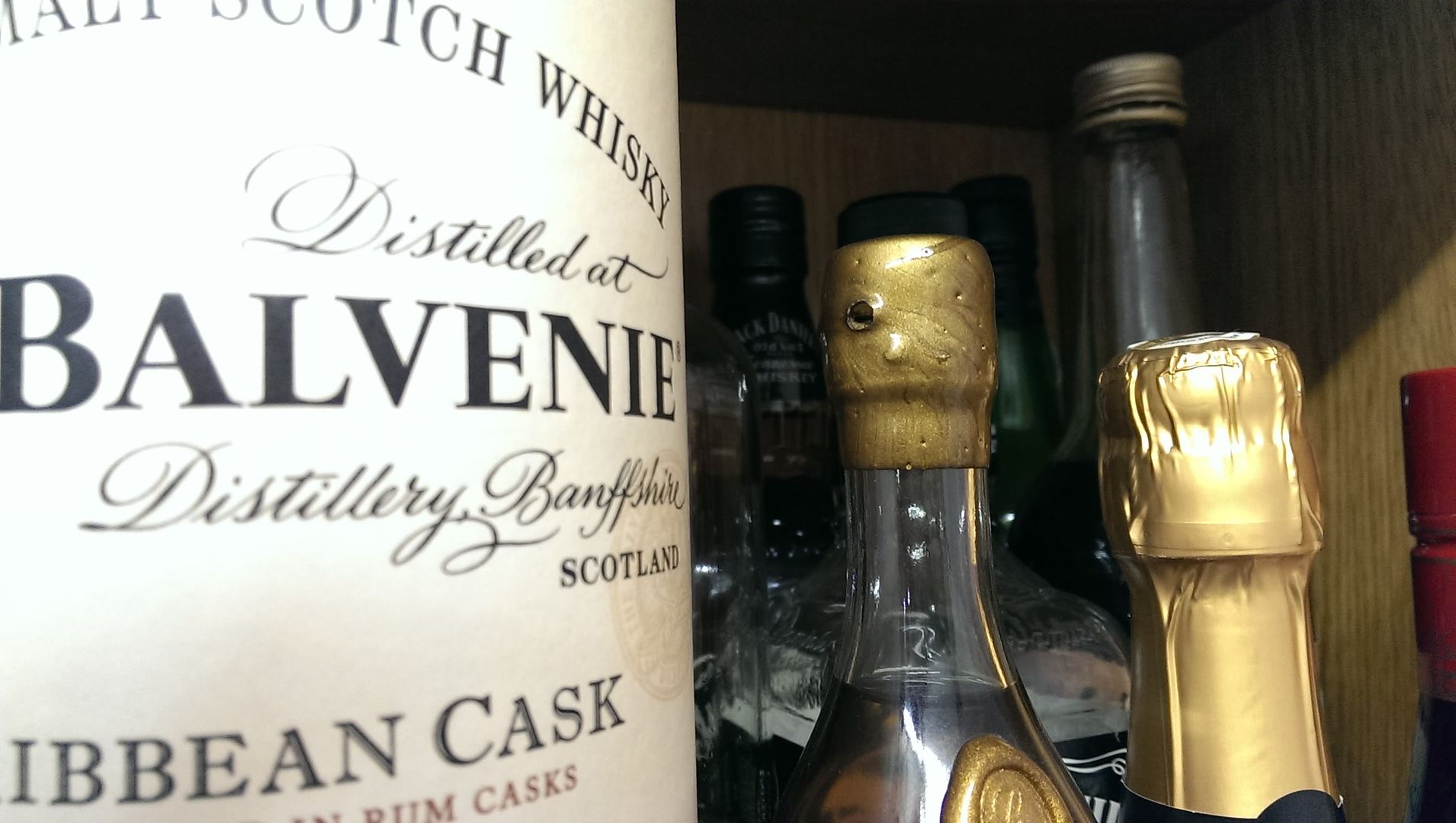
 ). Tho not a focal point of either pic, the detail is clearer in the One's pic than the iPhone's. At least in this comparison, I would think the advantage goes to the One.
). Tho not a focal point of either pic, the detail is clearer in the One's pic than the iPhone's. At least in this comparison, I would think the advantage goes to the One.

